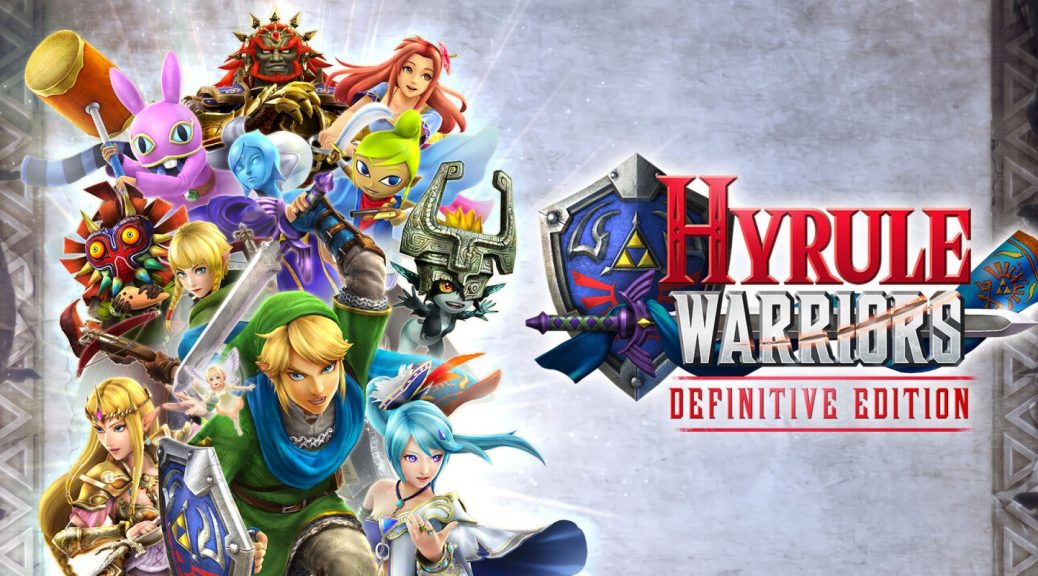
Hyrule Warriors: Definitive Edition
The reputation of Dynasty Warriors precedes it by a light year, so I’ve never bothered with the series, but if anything could make me change my mind, it would be something like Hyrule Warriors. That is to say, something like it could change my mind, but Hyrule Warriors didn’t. I thought I could enjoy it for the same reason I enjoy Super Smash Bros. or Shovel Knight Showdown – it throws iconic characters that I love into a crazy free-for-all where they can be endlessly iconic and lovable. But it turns out that those games have a crucial second ingredient: playing them requires at least a modicum of human thought. They also don’t feature embarrassing anime waifus courtesy of Team Ninja.
The infamous button mashing really is all-encompassing here. It doesn’t just grind the standard combat into a fine paste; it devours all of the adjacent mechanics. You can use classic Zelda items to open weak points on certain enemies…which you damage by mashing a button at them. You can gather characters together to fill a magic meter…which allows you to mash a button faster than usual. You can order characters around the map and switch between them…but the only way to accomplish anything with them is by mashing a button. That last one is most egregious, partially because it demonstrates how pitiful the game’s attempts at incorporating RTS elements are, but mostly because the many characters are obviously supposed to have radically different fighting styles. However, since there’s no competitive component in which they could play off of each other, and since they all need to be able to wipe out entire armies in minutes, all of them feel nearly identical.
To be clear, the spectacle of such one-person army obliteration is awe-inspiring from both a technical and emotional perspective. In fact, even with every problem I’ve just laid out, Hyrule Warriors could have been fun if it was condensed to about a quarter of its size. A game this focused on gameplay variations so minute that they’re practically cosmetic needs to introduce those variations constantly, not once every thirty minutes. Adventure Mode – in which you traverse 8-bit maps inspired by past titles and uncover secrets through items and relatively small-scale gameplay instances – is honestly a brilliant homage to Zelda’s heritage. But it’s also padded to a ridiculous degree, and after sitting through the unnecessarily-long story campaign (which, in Definitive Edition, is also padded with former DLC chapters), I was largely burnt out.
The story itself is informed entirely by fanservice, but it’s often misguided. On the one hand, seeing Arogorok from Twilight Princess get smacked out of the sky by the Majora’s Mask moon was glorious. On the other hand, the game treats Zelda lore the way Metroid: Other M treated Samus’s character, and the past games’ settings are utilized even less thoroughly than those of Disney movies in Kingdom Hearts. The compiled DLC fills in a lot of gaps in the franchise’s representation, but it also raises invasive questions like why the multiple versions of Link never interact. The final hope for the game was its co-op multiplayer, but while there’s a sliver of additional strategy with two players present, it doesn’t make mashing a button any more engaging.